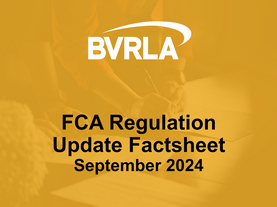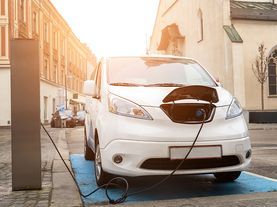In the 2017 Autumn Budget the Chancellor announced that there will be a new VED supplement on new diesel cars first registered from 1 April 2018, so that their First-Year Rate will be calculated as if they were in the VED band above. However, this will not apply on those diesel cars which meet Real Driving Emissions Step 2 (RDE2) standards.
Diesel vehicles which meet RDE2 standards will be available shortly.
It is still something that customers may ask questions on and want to know more about.
What is an RDE2 diesel?
When a new car is certified for sale in the UK and Europe, it must undergo strict emissions testing. Current standards state that, under standard laboratory testing, a new diesel or petrol car must emit no more than 0.080g/km of nitrogen oxide (NOx).
RDE stands for Real Driving Emissions. This is the test that can be used by vehicle manufacturers to test the emissions a car produces under real driving conditions (e.g. not in a laboratory).
RDE was introduced in September 2017 and, at the moment, motor manufacturers have the option of putting new cars through the test, in addition to the standard laboratory emissions test. It will not be mandatory for all new cars to be put through RDE until September 2019.
However, because there is an expected difference between emissions from a car in the laboratory and under real world testing, there are different stages of RDE.
The first stage allows a car to emit 2.1 times the amount of NOx during RDE testing.
The second stage, RDE2, allows cars to emit 1.5 times the amount of NOx during RDE testing. This becomes mandatory for all cars on sale by January 2021.
How would someone know they are driving an RDE2 diesel?
There has been no government announcement on this but the BVRLA is working closely with the DVLA regarding a review of the data which is captured on the vehicle registration document (V5) at the point of registration so it is possible that in the future this information is available on the V5.
Alternatively, this could operate in a similar way to the list produced by HMRC for determining whether a car-derived van is a car or van for tax purposes. Although this would only work in the early stages when not many vehicles are available which are RDE2.
Further information
A simple guide to the Real Driving Emissions Test (RDE)




